Hisashi Ouchi Real Photos and the Tokaimura Accident
Hisashi Ouchi was a Japanese nuclear plant worker who was exposed to 17 sieverts of radiation, the highest recorded whole-body exposure to radiation ever survived by a human.
Ouchi did not die after receiving the fatal dose of radiation. His body eventually deteriorated after the exposure, making him susceptible to infections, yet Ouchi survived for 83 days. How did the man with the highest levels of radiation survive for so long? Let’s get into it.
What Is the Tokaimura Accident?
On the morning of September 30, 1999, 35-year-old Hisashi Ouchi and two other workers were purifying uranium oxide to make fuel rods at a nuclear fuel processing plant in Tokaimura, Japan.
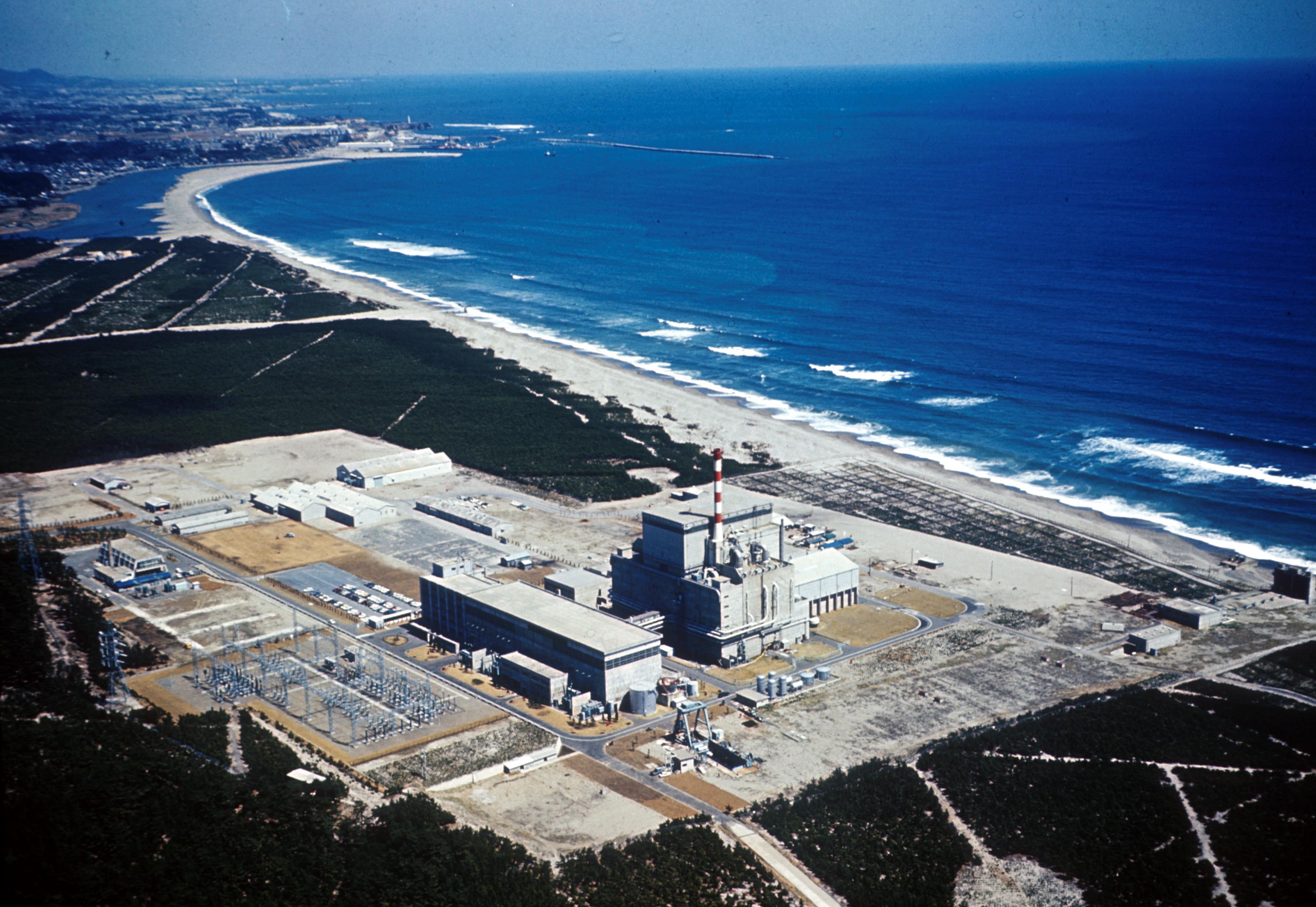
Source: Wikicommons
Rushed to complete the order of nuclear fuel before the shipping deadline at the Japan Nuclear Fuel Conversion Co. (JCO), Ouchi and the other workers, Masato Shinohara and Yutaka Yokokawa broke protocols and mixed the nuclear chemicals by hand to save time.
The Workers Created a Bad Batch of Fuel
According to an account published a few months later by The Washington Post, Hisashi Ouchi was holding a funnel next to a tank, while his co-worker, Masato Shinohara, poured a mixture of intermediate-enriched uranium oxide into it from a stainless steel bucket.

Source: The Infographics Show/YouTube
Unaware of the consequences of pouring the chemical components into the dissolution tank rather than gradually introducing them over a longer period using the narrow, tall buffer tank, the seventh bucket of chemicals poured in caused the mixture to create a nuclear chain reaction, according to the World Nuclear Association.
How Did Hisashi Ouchi Become the "Nuclear Man"?
A flash of blue light appeared, the sign of a nuclear reaction caused by the solution in the tank, which contained seven times the legal limit of aqueous uranyl nitrate.
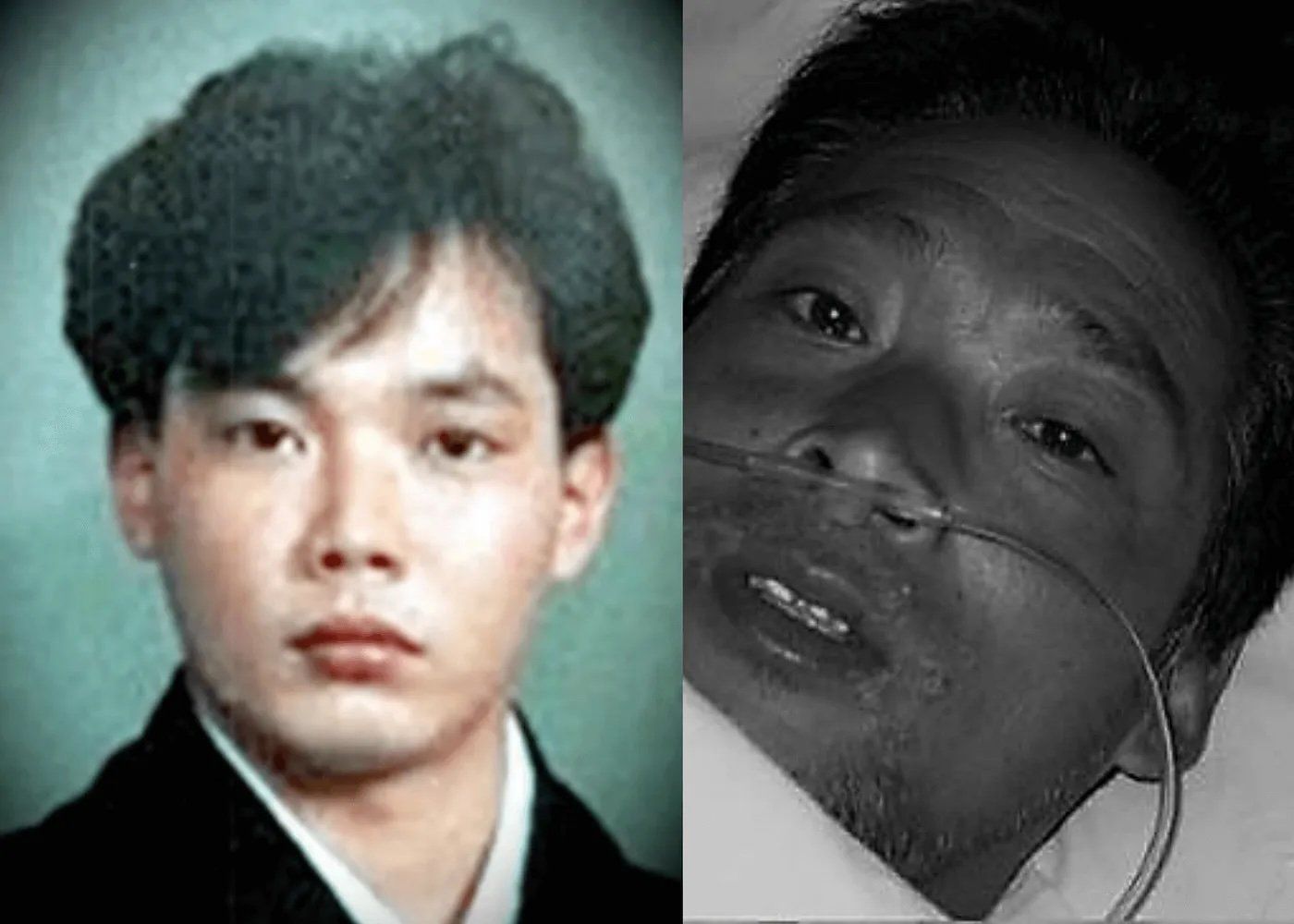
Source: LaRepublica
Neutron radiation blasted Hisashi Ouchi’s body with more radiation than any human had ever been exposed to. Ouchi had never been trained for this incident and didn’t realize that he was witnessing the start of Japan’s worst nuclear accident, known as the Tokaimura accident (up until the Fukushima nuclear disaster in 2011).
Hisashi Ouchi Wasn't the Only One Exposed
While Masato Shinohara also leaned over the tank, Hisashi Ouchi received the largest dose of radiation exposure, which caused immediate pain, nausea, and loss of consciousness.
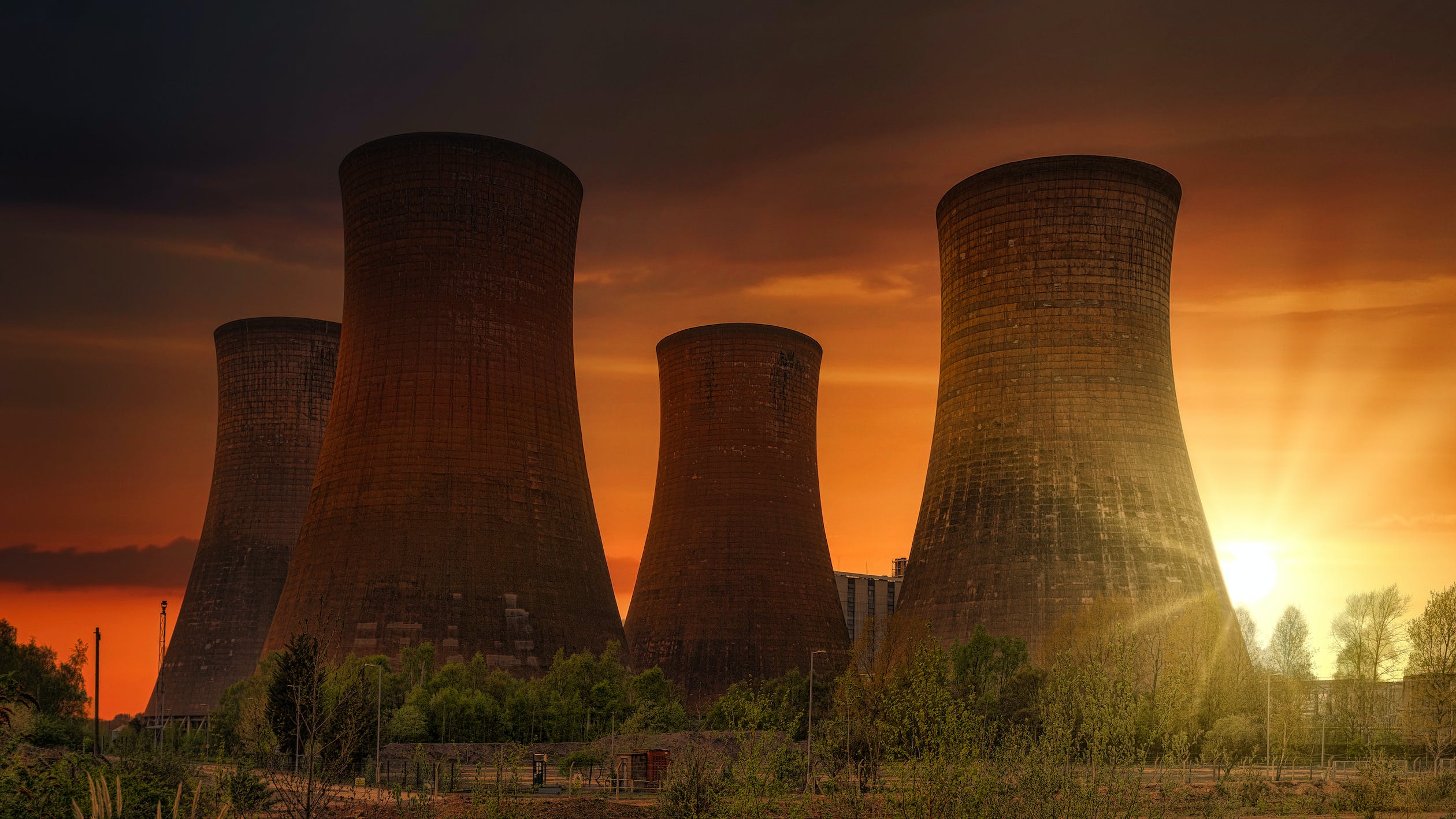
Source: Johannes Plenio/Pexels
As the gamma radiation alarms rang, Shinohara and Yutaka Yokokawa, who had been standing four feet away during the initial blast, helped Ouchi to evacuate the building with other workers, unaware that they had exposed the entire town of Tōkai to the radiation.
Hisashi Ouchi Becomes the Most Radioactive Man
Hisashi Ouchi was exposed to around 17 sieverts (Sv) of radiation during the Tokaimura nuclear accident, according to Masashi Kanamori of the Japan Atomic Energy Agency. This is a massive amount of radiation, and it is the highest recorded whole-body exposure to radiation ever survived by a human. Yutaka Yokokawa received three Sv and Masato Shinohara received about 10 Sv.
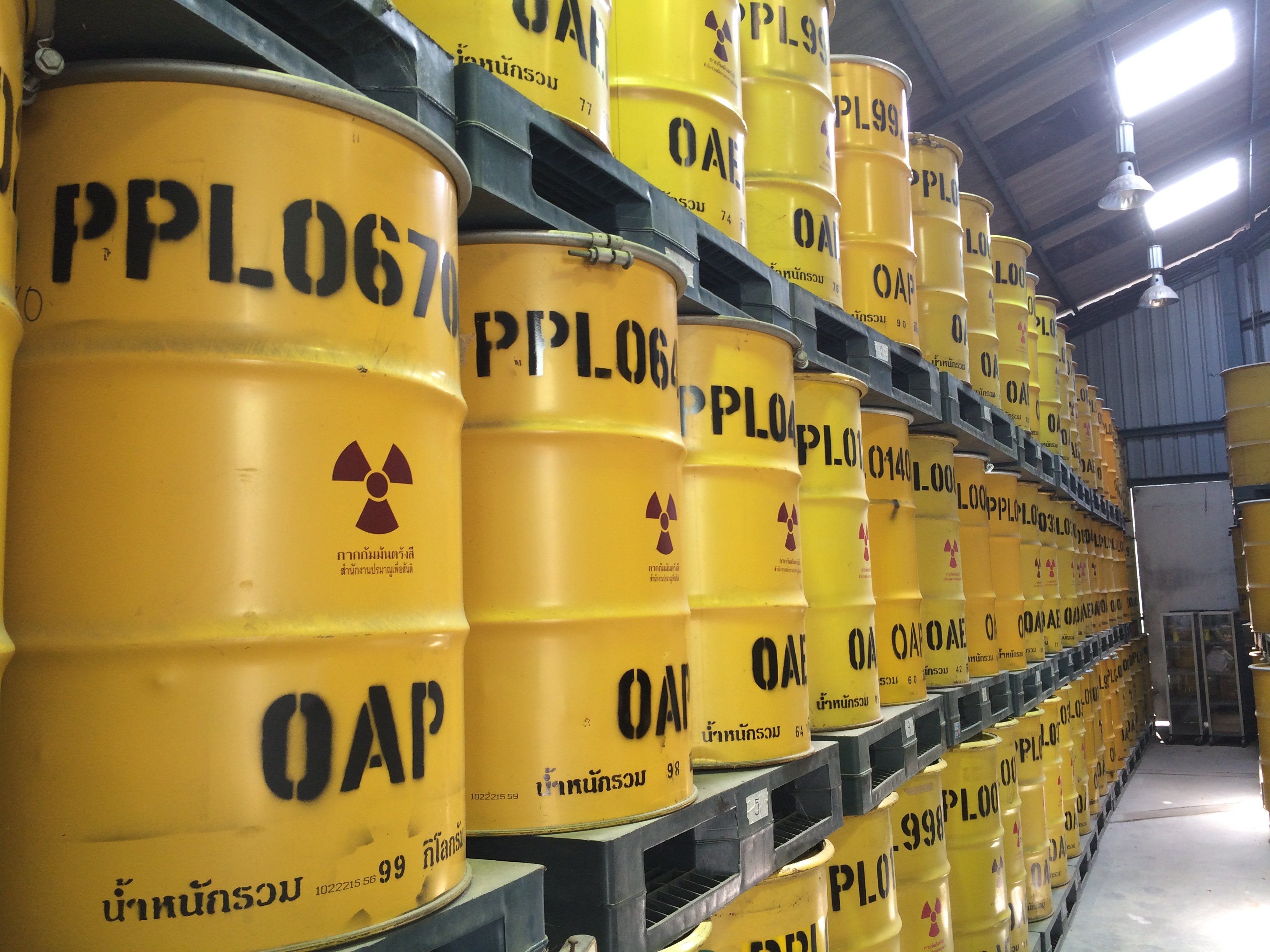
Source: D5481026/Wikicommons
For comparison, the average annual permitted exposure limit for occupational workers is 0.01 sieverts. This means that Ouchi was exposed to about 1,700 times the annual limit.
Chances of Survival Were Slim
The radiation dose in a criticality accident can be worse than the failure of a nuclear power plant like the 1986 reactor explosion at Chernobyl in the Soviet Union, in which 28 people eventually died from radiation exposure.
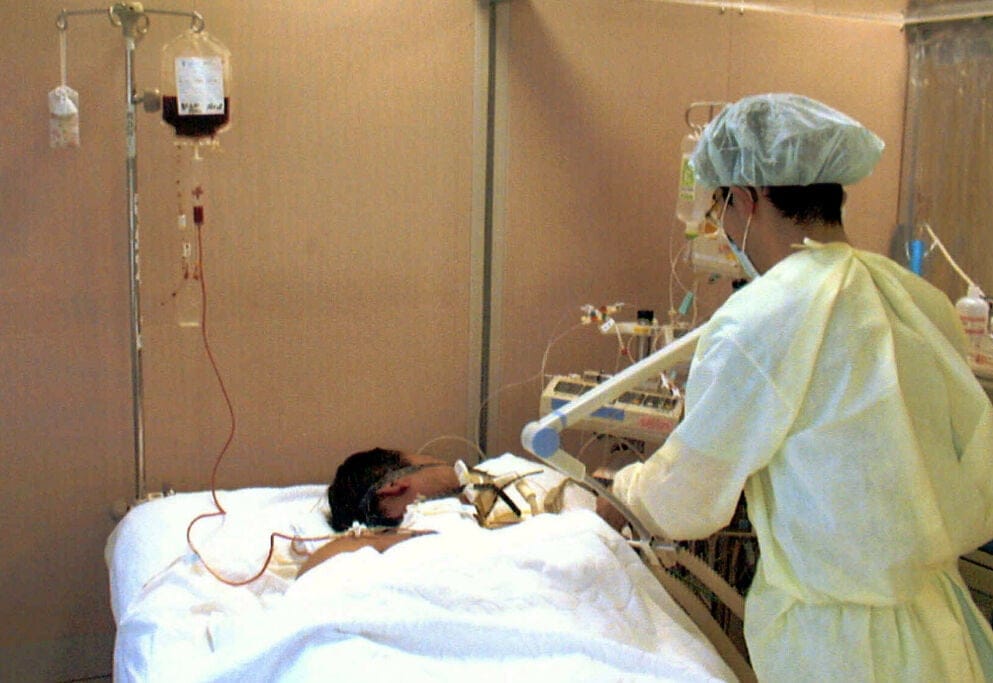
Source: AP Photo/Tokyo University Hospital
According to an account from the October 1999 medical journal BMJ, the irradiated workers, which included Hisashi Ouchi, were taken to the National Institute of Radiological Sciences in Chiba. There, their white blood cell count reportedly dropped to almost zero and their symptoms included nausea, dehydration, and diarrhea.
Hisashi Ouchi's Condition Worsens
Reports from doctors in “A Slow Death: 83 Days of Radiation Sickness” stated that Hisashi Ouchi’s face was slightly red and swollen and his eyes were bloodshot. He complained of pain in his ears and hands, but he didn’t have any blisters or radiation burns. Days later, Ouchi’s condition worsened.
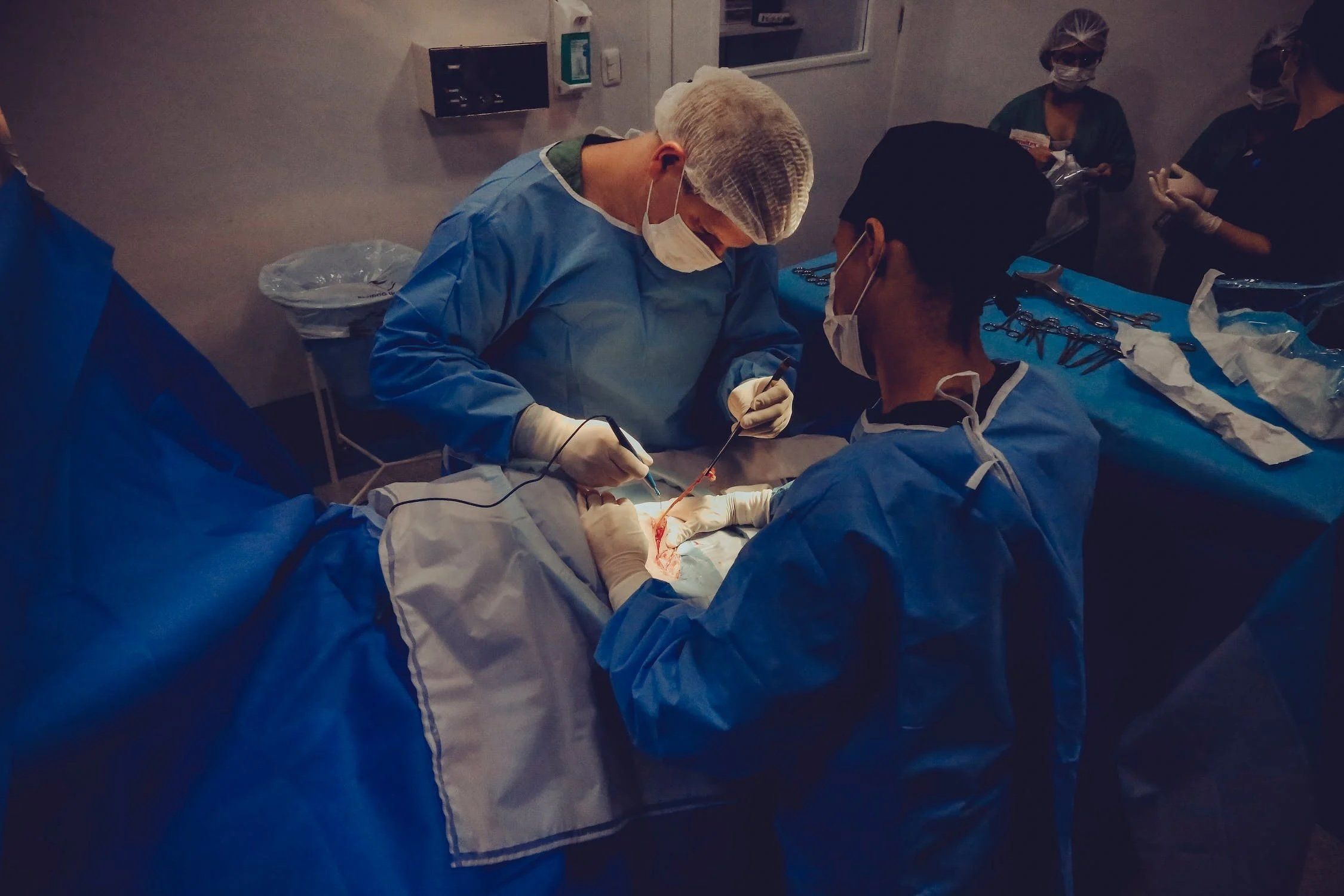
Source: Vidal Balielo Jr./Pexels
Six days after the accident, a specialist at the University of Tokyo hospital noted that images of the chromosomes in Ouchi’s bone marrow cells were only scattered black dots, indicating that they were broken into pieces and prohibiting his body from generating new cells.
Skin Grafts Couldn't Stop the Internal Organs from Failing
A week later, Hisashi Ouchi received an experimental cancer treatment to replenish his white blood cell count, as well as constantly performing blood transfusions and skin grafts. After the tests, Ouchi complained of thirst, and his skin peeled off. His body was unable to heal itself because of the killed chromosomes. His immune system was nonexistent and unable to fight off infections, and the pain became intense.
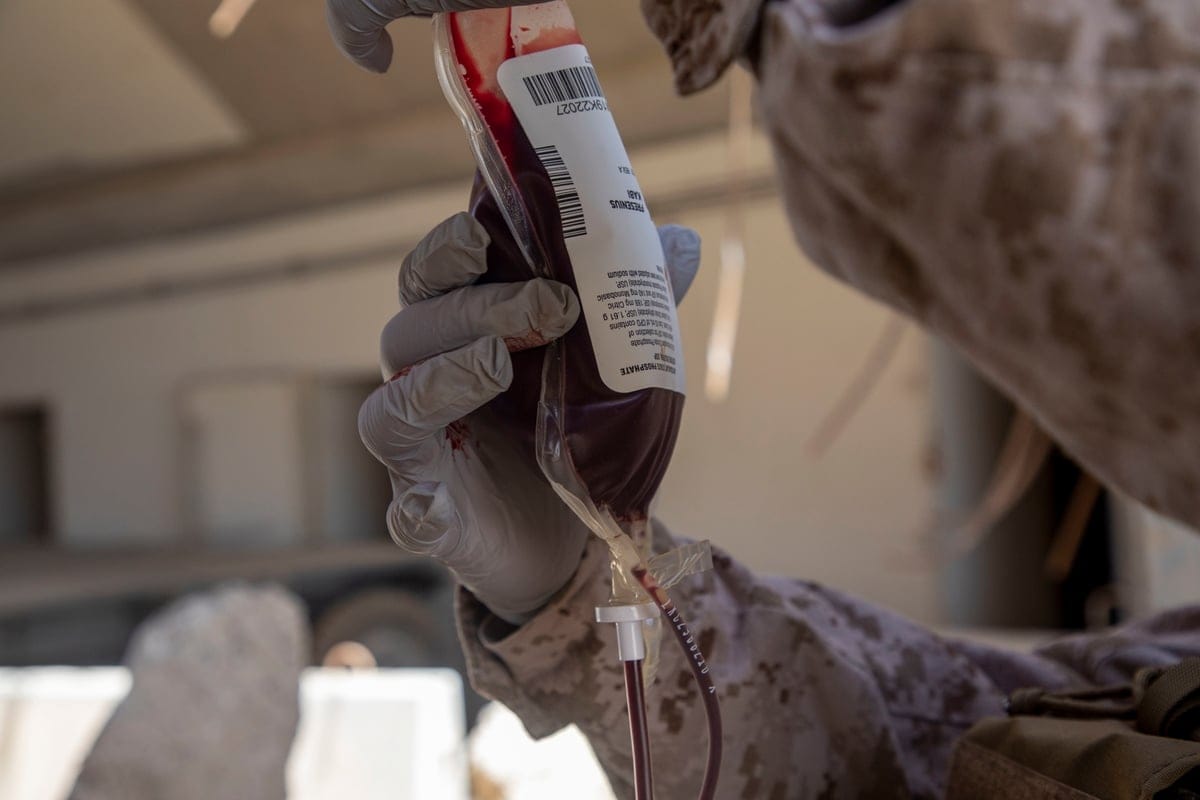
Source: U.S. Navy Medicine
Two weeks later, Ouchi was no longer able to eat. On the 59th day, Ouchi’s heart stopped and was revived by doctors.
Hisashi Ouchi Was Kept Alive for Months
Despite the obvious physical pain that Hisashi Ouchi was in, his sister, wife, and young son held onto the slim hope that he would survive. The family refused to sign a Do Not Resuscitate form and wouldn’t agree to any humane euthanasia.
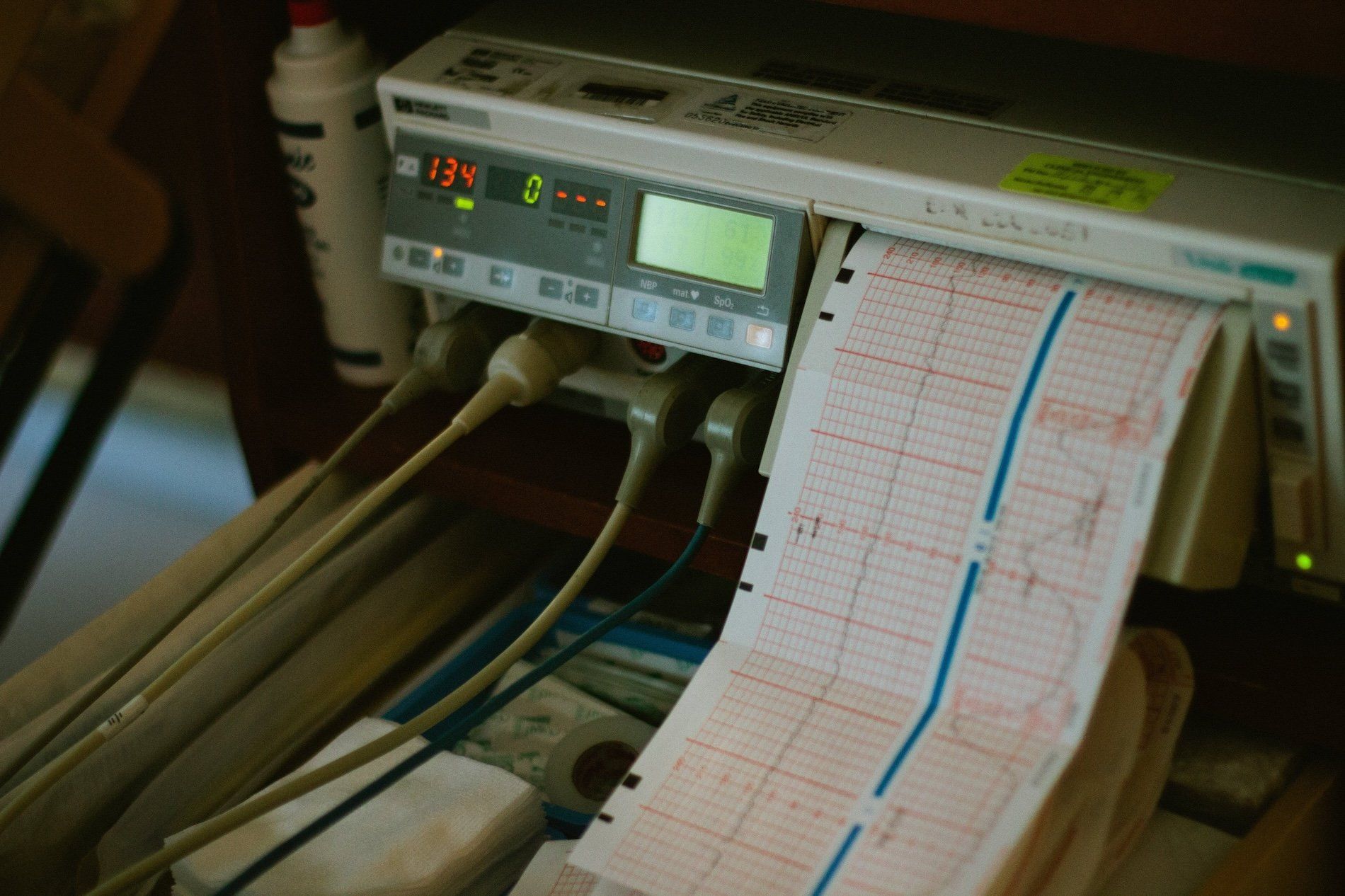
Source: Pixabay/Pexels
The medical staff continued to experiment on Ouchi, including using an innovative stem cell transplant using stem cells from Ouchi’s sister, which had never been used or suggested for radiation patients up to this point.
Two of the Three Workers Die
On December 21, 1999, at 11:21 p.m., Hisashi Ouchi’s body was unable to keep him alive. According to an article in the Bulletin of the Atomic Scientists, Ouchi died from multiple organ failure (via How Stuff Works). Ouchi survived 83 days.
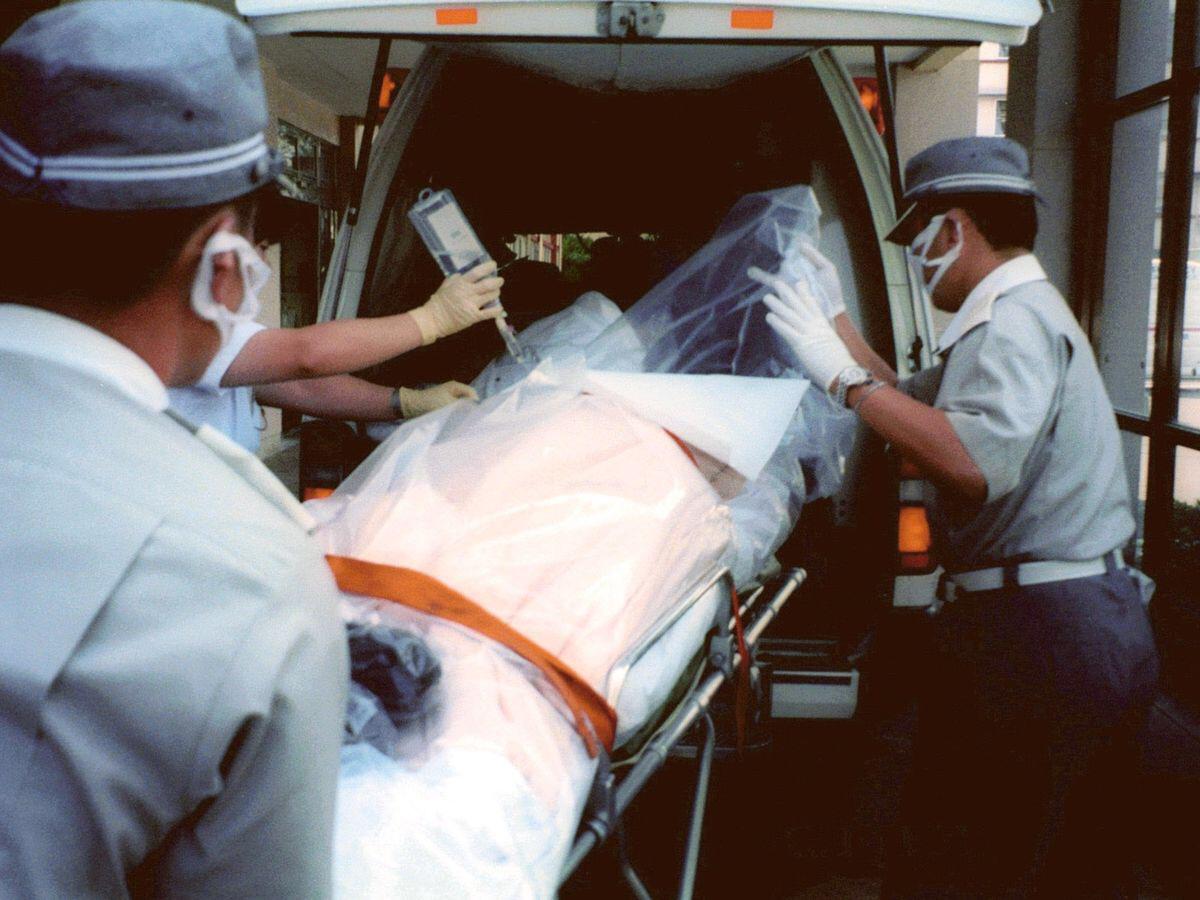
Source: r/pics via Reddit
Masato Shinohara, Ouchi’s co-worker, died in April 2000 of multiple organ failure as well, according to The Guardian. Yutaka Yokokawa, the third worker, survived minor radiation sickness and was charged with criminal negligence a year after the accident.
The Toakimura Incident's Aftereffects
Japan’s Prime Minister at the time, Keizo Obuchi, issued a statement expressing his condolences to Hisashi Ouchi’s wife, Chizuru, who stayed by his side throughout his ordeal (via Japan Times). Obuchi promised to improve nuclear safety measures to prevent future nuclear incidents like this.
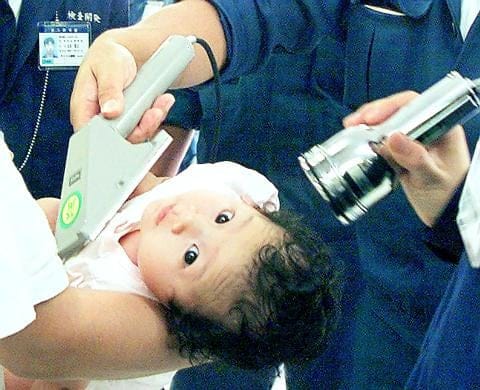
Source: AFP PHOTO/Kazuhiro NOG
At least 667 employees, residents, and emergency workers tested positive for excess radiation after the 1999 Tokaimura nuclear accident. While the plant was quickly sealed off, radioactive gas levels remained high since a roof ventilation fan had been left on.
The Toakimura Incident Was Japan's Second-Worst Nuclear Accident
JCO was forced to pay $121 million in compensation to locals who were forced to evacuate their homes during the accident and the discarded crops that were contaminated with radiation. The nuclear power plant in Tōkai operated until the 2011 Tōhoku earthquake and subsequent tsunami.
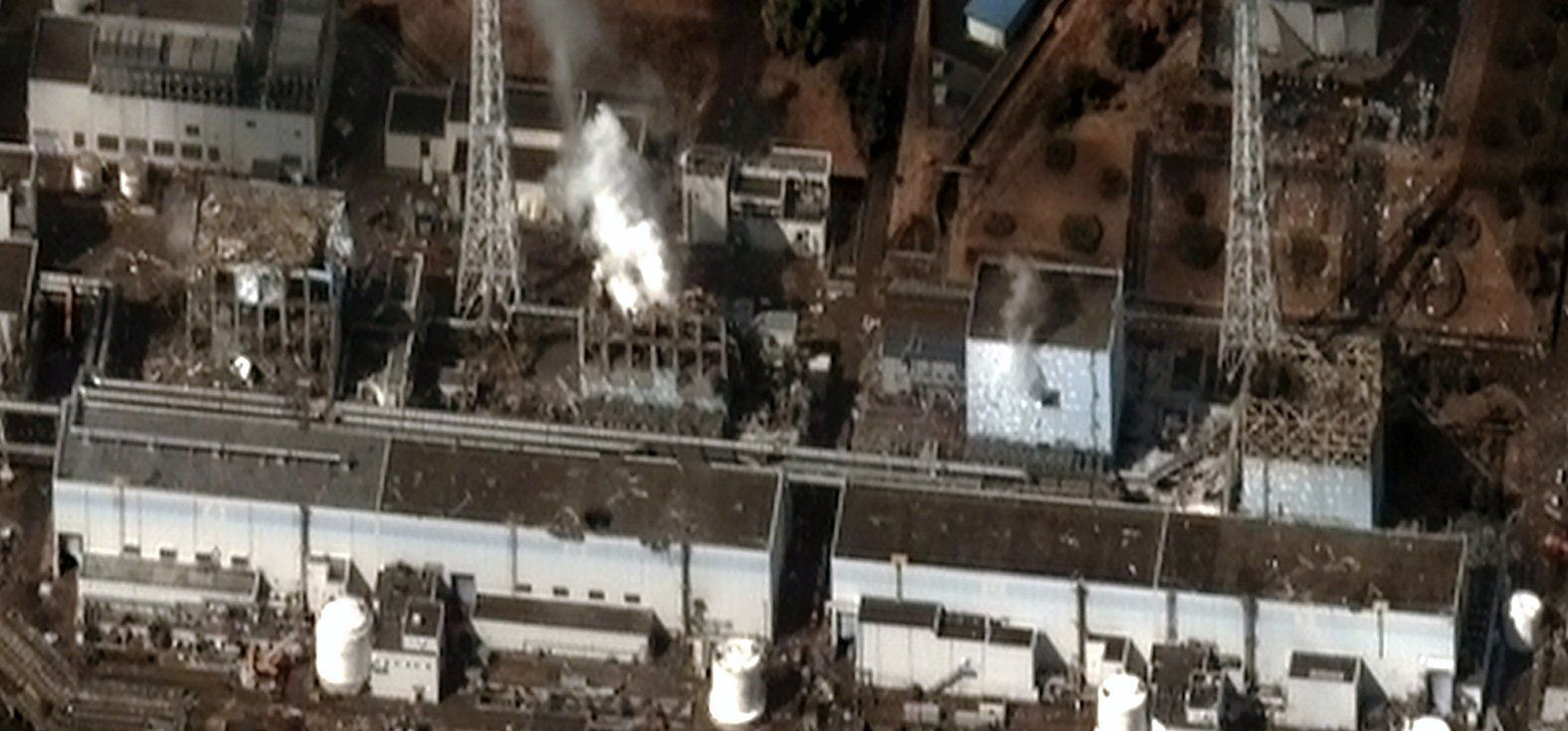
Source: Digital Globe/Wikicommons
The 9.0 magnitude earthquake, the most powerful earthquake ever recorded in Japan, and the 15-meter tsunami caused the Fukushima nuclear disaster, which quickly became Japan’s worst nuclear accident in its history,
Hisashi Ouchi's Story Is a Warning to the World
Hisashi Ouchi’s case is a stark reminder of the devastating consequences of radiation exposure. His exposure to 17 Sv, the highest recorded radiation level survived by a human, caused him immense suffering.
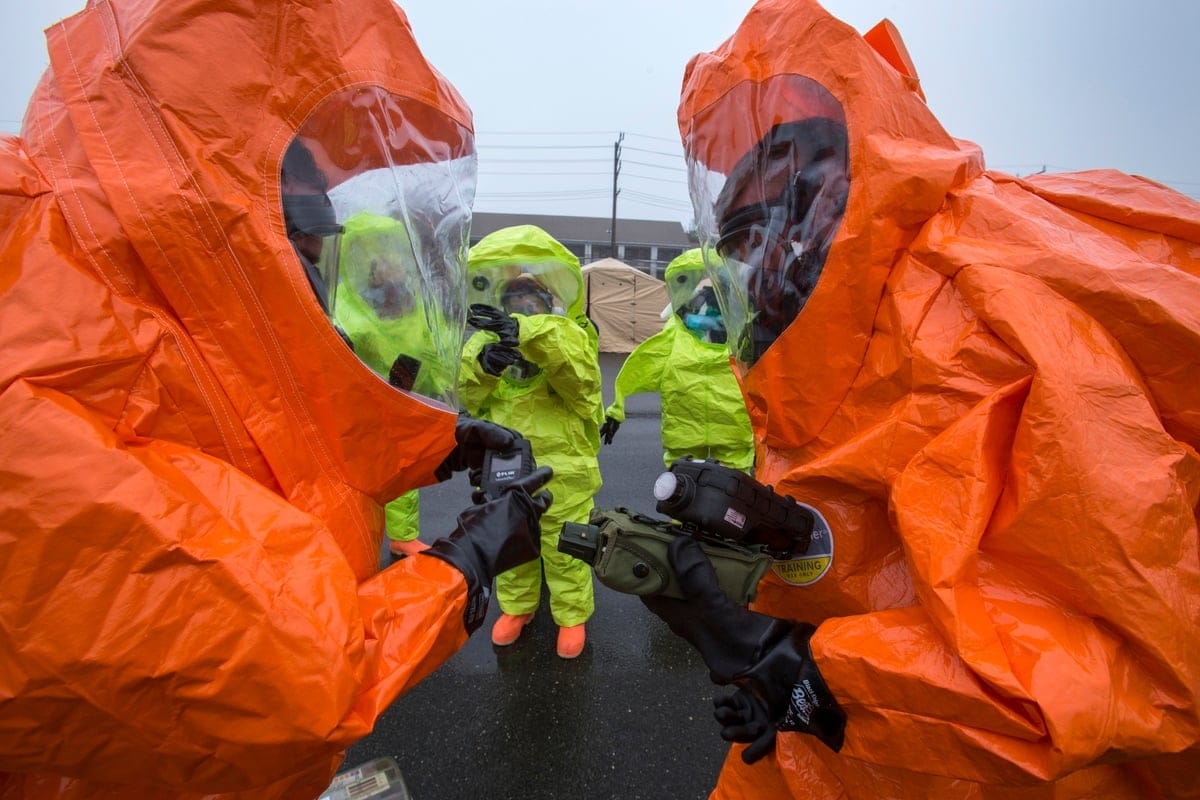
Source: National Guard of the United States
Ouchi’s story is a warning of the dangers of radiation exposure and the importance of safety measures at nuclear facilities to prevent tragedies like this from occurring again.
